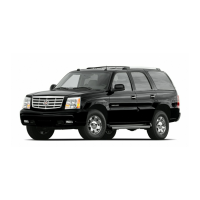
Do you have a question about the Cadillac 2006 Escalade and is the answer not in the manual?
| Brand | Cadillac |
|---|---|
| Model | 2006 Escalade |
| Category | Automobile |
| Language | English |
Details on power seat controls, lumbar support, and heated/cooled seat features.
Instructions for rear seat operation, including entering/exiting the third row and fold features.
Guidance on proper safety belt usage, including cautions and why they are important.
Information on child restraints, including older children, infants, and how to use them properly.
Explanation of the airbag system, its operation, and important safety precautions.
Guidance on how to check safety belts and airbag covers for damage and proper function.
Information regarding vehicle keys, including cautions about leaving keys with children.
Details on door locks, power door locks, and security features like lockout protection.
Covers new vehicle break-in, ignition positions, and starting the engine procedure.
Instructions for automatic dimming rearview mirrors, compass operation, and calibration.
Locations and usage of various storage compartments like glove box and center console.
Information on programmable features like memory seats and easy exit seat functions.
Identifies main components of the instrument panel with references to their locations and functions.
Description of warning lights and gauges, their meanings, and how to respond to potential issues.
Explains DIC display, operation, and customization options for vehicle settings.
Guide to the vehicle's audio system, including radio, CD, and XM™ features.
Advice on driving defensively, emphasizing readiness, anticipation, and avoiding distractions.
Information on the dangers of alcohol-impaired driving and its effects on driving abilities.
Explanation of braking action, perception and reaction time, and stopping distances.
Details on how ABS works, its benefits, and how to use it in emergencies.
Information on the StabiliTrak® system combining ABS, traction, and stability control.
Guidance on driving safely in rain, including visibility, wipers, and brake precautions.
Tips for safer city driving, focusing on traffic and signals.
Advice on freeway driving, including merging, lane changes, and following distance.
Tips for preparing and driving safely during winter conditions.
Guidelines on vehicle weight capacity, tire and loading information labels, and correct load limits.
Essential information and safety rules for towing a trailer correctly.
Information on obtaining service from dealers and using genuine GM parts.
Details on recommended gasoline octane, specifications, additives, and filling the tank.
Guidance on checking engine components, including cautions about fans and hot parts.
Information on checking and changing engine oil, and the oil life system.
Explanation of the cooling system, what coolant to use, and how to check and add coolant.
Details on brake fluid, checking fluid levels, brake wear, and pedal travel.
Information on battery maintenance, vehicle storage, and jump starting procedures.
Guidance on tire maintenance, including inspection, rotation, and when to replace tires.
Explanation of the information molded into tire sidewalls, including tire size and grading.
Instructions and cautions for replacing wheels, including using correct parts.
Step-by-step instructions on how to safely change a flat tire.
Steps to follow for resolving concerns with the dealership or Cadillac.
Information on accessing vehicle details, service reminders, and finding dealers online.
Contact information for customers using TTY devices for assistance.
Details on Cadillac's Roadside Service, including coverage and how to reach it.
Information on transportation options available during warranty repairs.
Explanation of vehicle computer systems, data storage, and privacy.
Guidance on repairing collision damage, including using proper parts and facilities.
Advice on comprehensive and collision insurance coverage quality.
Importance of proper maintenance for vehicle condition and the environment.
Details on maintenance intervals, checks, and parts necessary for warranty coverage.
Guidance on how to use the maintenance schedule based on driving habits.
Describes Maintenance I and II schedules based on service messages and time intervals.
Lists required services based on mileage intervals, including fuel system and exhaust inspections.
Provides detailed explanations and notes for various maintenance items.
Lists checks and services owners can perform at each fuel fill, monthly, and yearly.
Instructions for visually inspecting tires and checking inflation pressure.
Covers the starter switch and ignition transmission lock system checks.
Lists recommended fluids and lubricants by name, part number, or specification.
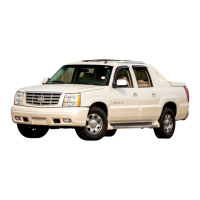
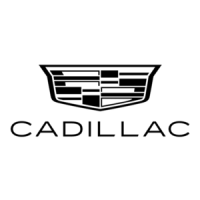
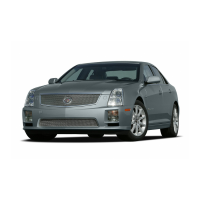
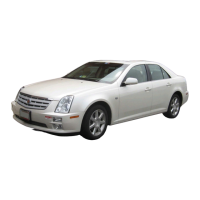

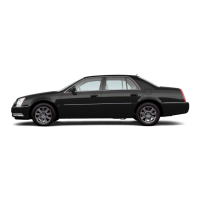

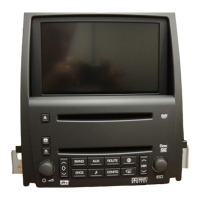


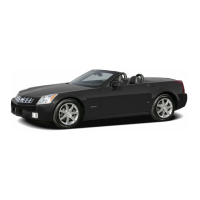
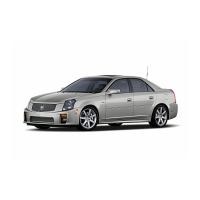
